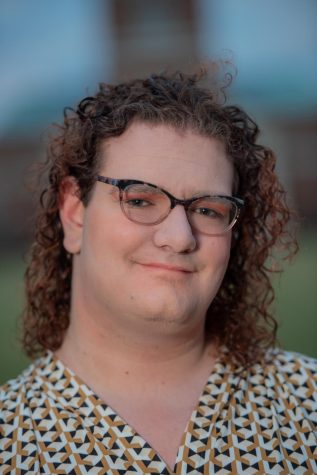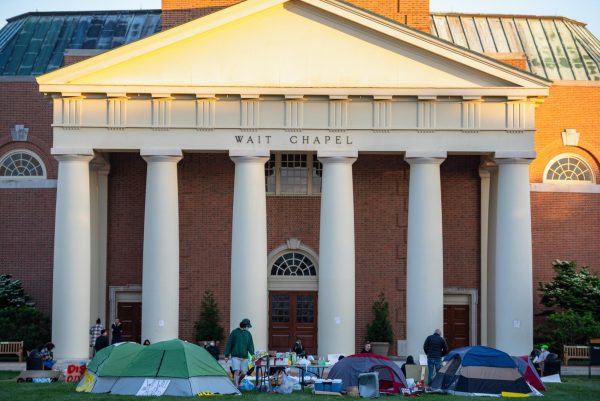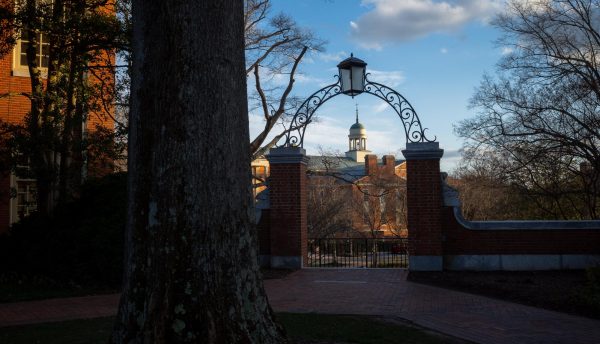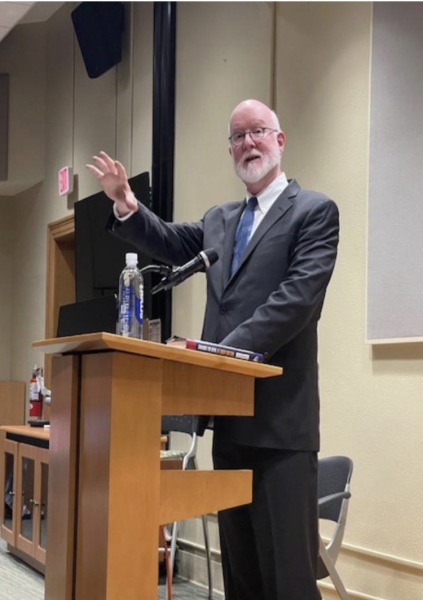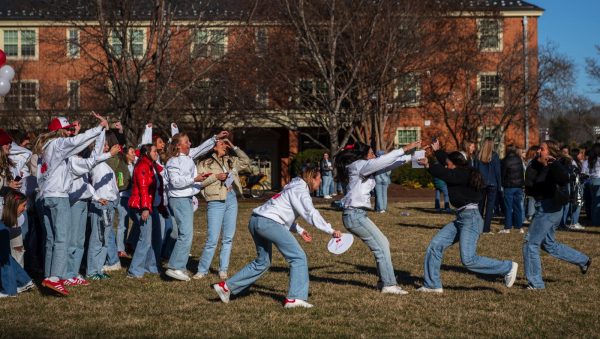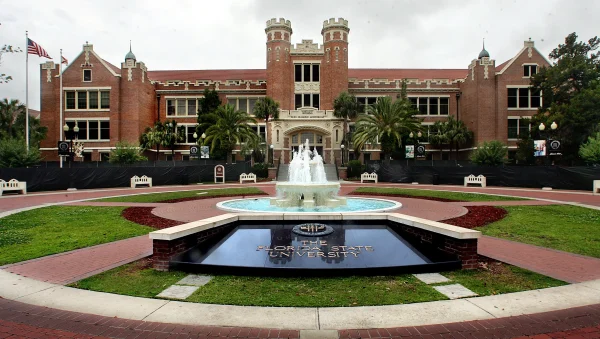University should prioritize student safety
Texts to the student body warn of an active shooter threat.
January 28, 2022
At approximately 2:47 a.m. on Friday, Jan. 21, Wake Forest Police received a threat of violence against the Reynolda Campus. By 3:02 a.m. — 15 minutes after the threat was received — my phone blared with multiple text messages about the threat.
My mind instantly flashed back to the spring of 2019, when an active shooter threat to Princeton’s campus forced me and my friends — who were competing there — to hide in fear for hours. I had texted my loved ones that I loved them and waited for it — the situation or my life — to be over.
Even for those who have not experienced active shooter threats, these situations cause extreme stress. In a 2018 survey from the American Psychological Association, 72% of 15-21-year-olds reported that school shootings were a major form of stress and anxiety. Wake Forest should respect that.
Anecdotally, many Wake Forest students reported they were afraid to attend in-person classes on Friday, while the university did not even mandate that professors implement a virtual option for their classes. All this occurred while the Polo Road gate remained completely closed and other gates operated on an ID-only basis. Classes, however, were not adjusted to reflect the gravity of the situation, which was an error.
While a full cancellation of classes would have been unwarranted and set a dangerous precedent, allowing students to attend classes while still sheltering-in-place would have granted peace of mind to many, who, like me, have past negative experiences around gun violence.
This is not even the first time this has happened during the 2021-2022 academic year. In September, when a gunman killed a student at Mount Tabor High School and was at large in the community for most of the day, classes were held entirely in-person with no mandated virtual option. Fortunately, I was able to convince the professor whose class I had that day to include a virtual option, but not all students were that lucky. Students had to walk across campus to their classes with the looming threat of a gunman and had no rationale about the university’s decision to not go on lockdown nor the police’s understanding — or lack thereof — of the shooter’s whereabouts.
This has been a trend at Wake Forest for the past 21 years, as multiple alumni reported that in the aftermath of the Sept. 11, 2001 attacks they were punished — or threatened with punishment — for missing class. The historical pattern is that, time and time again, Wake Forest has shown that it has no respect for the safety concerns of its students. This is especially inexcusable in 2022, when virtual learning is possible — and has just been utilized in the aftermath of a snowstorm.
I appreciate the investigation of the Wake Forest Police and the speed at which they were able to deem the threat illegitimate. However, I would call on the university to give its students a little bit of grace if they feel unsafe in the aftermath of an active shooter threat. Mandating that professors give students the ability to Zoom in to class the day after such an event is not too much to ask. After all, fear is not at all conducive to the learning



